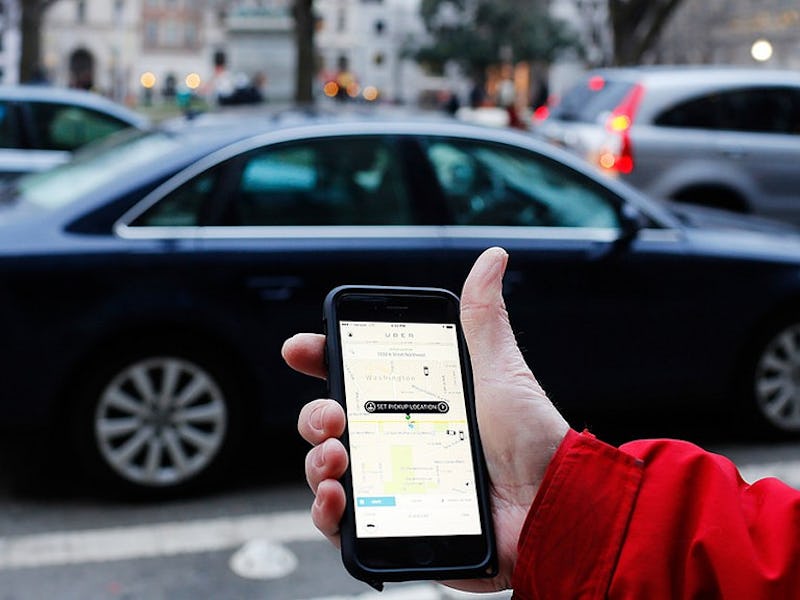AI is making it hard for gig workers to survive
It's called algorithmic wage control, and it's happening with companies you use.

Artificial intelligence is constantly advancing and being used in ways that are both helpful and harmful. One way it’s being used is making it difficult for people working in an already unstable profession to survive. According to the recently released AI Now 2019 Report, algorithms meant to increase a company’s profit margins in the gig economy are making it difficult for the people who work these gigs to make a living.
“Algorithmic worker management and control systems have also had a severe negative impact on wages across the so-called ‘gig economy.’ These platforms treat workers as subjects of constant experimentation, often in ways that destabilize their economic and even psychological security,” the report reads.
The report describes this issue as “algorithmic wage control.” This is how an algorithm ends up minimizing a worker’s wage or preventing them from working completely in order to optimize how much revenue a company is able to generate. As an example, it cites how Instacart and Doordash were found to be collecting fees from customers who thought they were leaving a tip for their driver.
It also cites companies like Uber and Lyft reducing wages, which has drawn protests. The report calls this “part of a tactic to make workers dependent on the platform for wages, drawing them in with promises of a living wage and flexible working conditions, then severely cutting wages once workers have structured their lives around working for the platform.”
"“These examples demonstrate the significant power asymmetry between workers and customers on one hand and the companies who control worker management platforms on the other. How, and where, companies may be ‘optimizing’ their platforms at the expense of workers remains largely opaque to anyone outside of companies’ corporate offices, and what is known comes largely from worker whistleblowers."
Sometimes people simply lose their job entirely while working in the gig economy with no explanation provided. This creates an environment that is psychologically harmful to these workers, as they’re forced to live in fear of unexpectedly becoming unemployed on any given day.
“Indeed, many workers have reported being abruptly ‘kicked off’ a gig work platform, and finding themselves unable to work without warning. The process to reinstate an account can be obscure and onerous,” the report states.
All of this amounts to a new, high-tech version of worker control and subjugation techniques corporations have utilized in the past. Quoting labor scholar Jim Stanford, the report lays out how this kind of scenario has played out throughout history.
“The only thing truly new about gig employment is its use of digital and online techniques to assign work, discipline workers… and control the money. That’s more effective than the bulletin boards and classified ads of yesteryear—but it hardly negates the inherent power imbalance between an individual worker and the multibillion-dollar company they work for,” Stanford said.
The report features multiple other warnings about the negative effects of A.I. Looking at the energy consumption that is related to A.I., it references a study that was done by researchers at the University of Massachusetts, Amherst that found power usage that is connected to A.I. training has contributed to roughly 600,000 pounds of carbon dioxide emissions. In another section, it talks about the negative effects of companies and governments starting to utilize facial recognition that can detect a person’s emotions.
See also: Why Is Facial Recognition Important? 3 Signs It’s Too Big to Ignore Any Longer
There are, of course, many good things you can do with A.I., but as we progress in this field, it’s important to push back on it being used in harmful ways. From worker exploitation to governments using this technology to control the citizenry, there are many causes for concern.